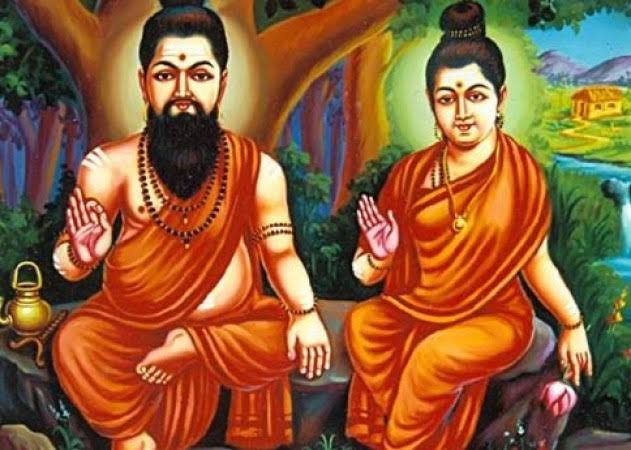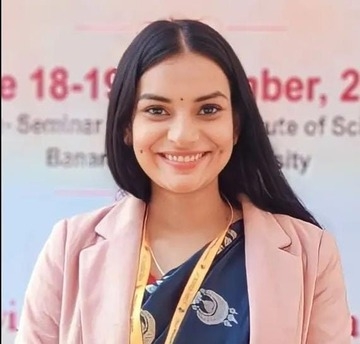Learned Women of Ancient India
Women could live freely and take her own decision. Society never forced them to act in particular ways. But later in period because of the influence of outside society and the struggle, many practices were incorporated in Bhartiya Sabhayata that didn"t echoed the ancient Culture and practice.

Women in the subcontinent of India in ancient time always enjoyed special status and privileges. There position in the institutions that society reflected were too unique. They enjoyed high status and were projected as Shakti, one who is source of power. And every one needs Shakti. So Women enjoyed high status and complete social and structural independence in the society.
Women were not forced to marry. They had the right to put forward their own choices and marriage used to be consummated only after they give their consent and agree. Even they had right to chose their partners.

It's not the parents who used to decide about the would be groom, but it was the girl who used to chose her partner herself and so was the Swayamvar system where they were given choice to chose or the challenge used to be kept according to their choice.
Women had free access to the education and they even participated in sacrifice and chanting of hymns and mantras. Many Rig Vedic hymns were composed by women. We get references of great women in Mahabharat and Ramayan.

Ladies such as Sati Anusuya, Mata Shabri, Savitri, Gargi and many more are mentioned in different Shastras and texts, where we can see how important roles they played in the society and social culture.
Through the instance of Ramayana we can see even Mata Kaikeyee, the wife of King Dashrath, would participate along with him in Devraj Indra war, where the Indra (leader of Devata) was fighting with Asuras. And the story follows how and why he gave her three Vachan (three promise).
Among many, one of the celebrated name is Maitraiyee, the Wife of Rishi Yagyavalk, she was a philosopher as great as her husband, and she used to discuss deep philosophical theories and even teach along with her husband.

She lived in ancient India and we could get her reference in Upanishad named Brihadaranyak. She was mentioned even in Mahabharat and was called as Bramhavadini, someone who was learned in Vedas. And she clearly shows the women role and importance in ancient Indian culture and social structure.
Next prominent name that we could take is of Mata Gargi Vachaknavi. She was an expert in Vedic literature and was descendants of Rishi Garg. She was learned in all the four Vedas. And this shows how women had freedom of education and choice and how their voice was heard and and respected. The meaning of true feminism was reflected in her work and ideals.
Significant name we could take is of Mata Lopamudra, the Wife of Sage Agastya. She is mentioned in Rig-Veda and Mahabharat. She composed many of the Rig Vedic Hymns.

Another Important name we could take is of Mata Urvashi (the symbol of free spirit of Women). Urvashi is projected as a beautiful Women (Apsara). And an expert dancer. She is the symbol of women freedom and free spirit where it is projected that she married a strong king Pururava and also left him later.
We don't find Practice of Sati Pratha in any of the ancient Bhartiya texts. In fact the word Sati meant someone who is true to her husband and the biggest support system. Sati didn't mean one who died after husband died or abandoned.
Women could live freely and take her own decision. Society never forced them to act in particular ways. But later in period because of the influence of outside society and the struggle, many practices were incorporated in Bhartiya Sabhayata that didn't echoed the ancient Culture and practice.
Another example is Lilavati the great mathematician. She was daughter Bhaskara second. Bhaskara wrote his mathematical book for her and to educate her. This also shows how important was women education for the society.
So in India women had access to education same as men. They were heard and respected and we're treated equal to males. The way we discuss today as how women are equal to male, such question were not even relevant in those days. As they didn't knew that women could be treated less.
Article by 
Sonali Shukla
Younginker
Student
Banaras, Uttar Pradesh


